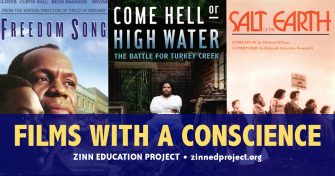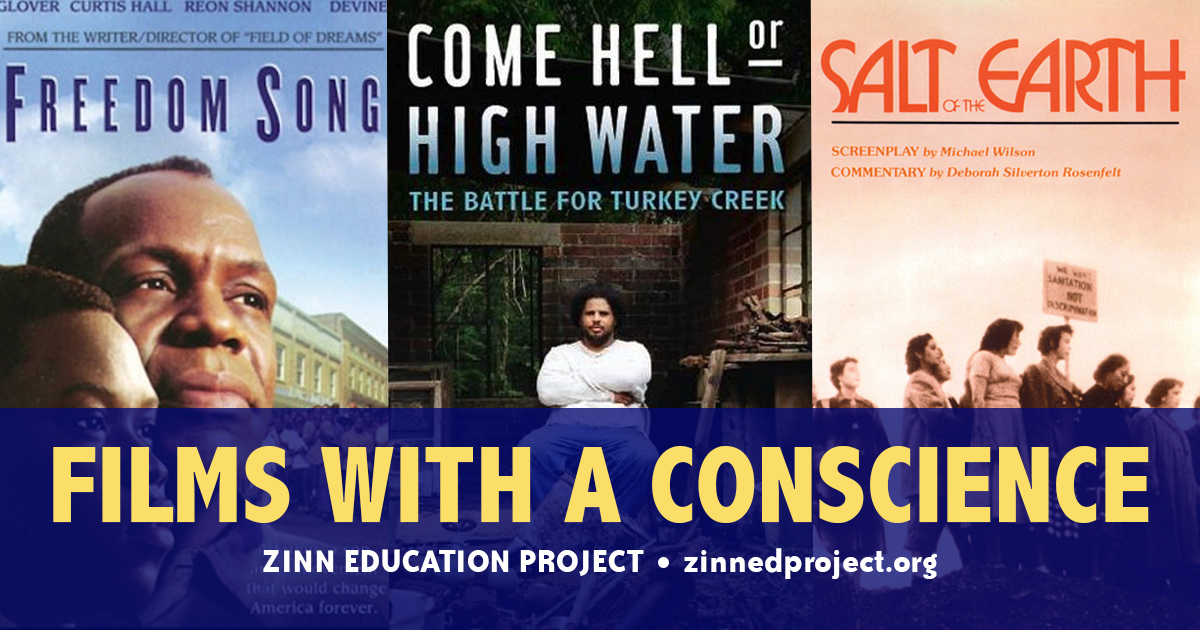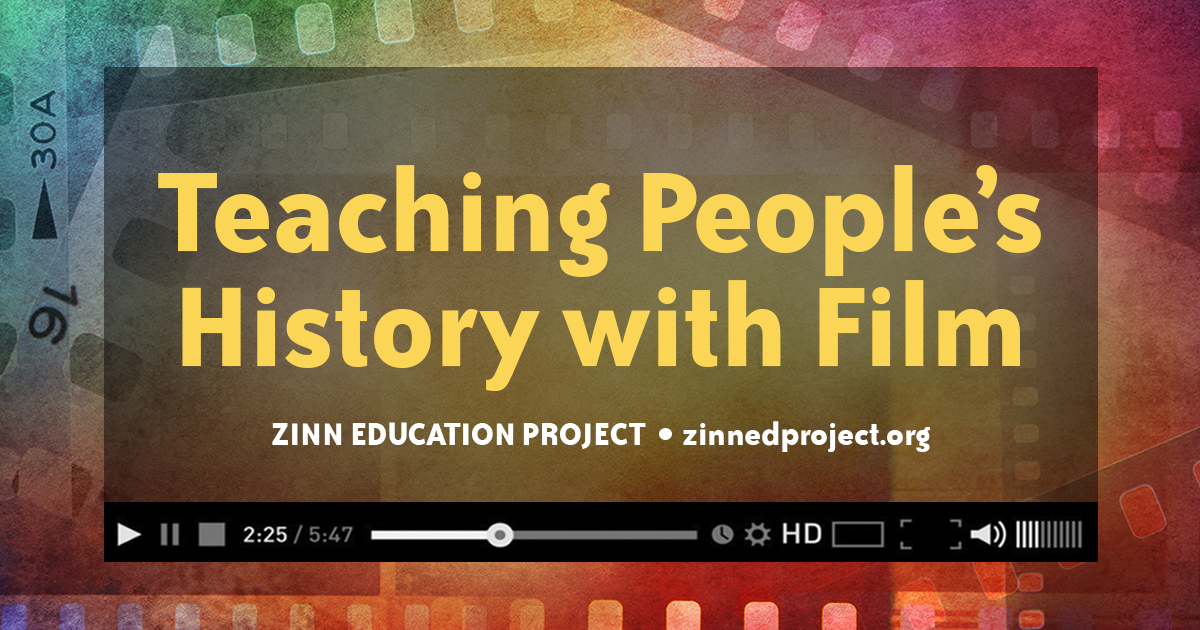 To assist teachers and families during the COVID-19 crisis, we have compiled a list of more than 100 films for students to view at home and/or via remote instruction. It has always been a good idea to use “films with a conscience” with our students, but films may now be an even more accessible “text” we can use to help young people think deeply and critically about the world.
To assist teachers and families during the COVID-19 crisis, we have compiled a list of more than 100 films for students to view at home and/or via remote instruction. It has always been a good idea to use “films with a conscience” with our students, but films may now be an even more accessible “text” we can use to help young people think deeply and critically about the world.
Films help “story” the world visually for students. They can bring social realities into a classroom in a way that the printed word cannot. Through follow-up discussion, role play, interior monologue, and poetry, students can dive deeper into people’s lives and the issues they struggle with, or into their relationships with distant — and sometimes not so distant — others. But like any “text,” film needs to be read critically. Educators need to encourage students not to be mere spectators, but to raise questions about how a film frames social reality: Whose story is featured, who speaks and who does not, what factors are highlighted to explain a given problem, what alternatives are explored or ignored?
The films we feature are ones that can help students gain insights into how the world works. Many of these also alert students to how individuals and social movements have tried to make life better. Of course, there are many more that are not included here. One criterion for selection was that the resources be relatively easily accessed by U.S. teachers, and that we know that teachers have had success using them with students. However, teachers should be aware that this requirement biases these “Films with a Conscience” in favor of filmmakers and videographers from so-called developed countries, who have more access to distribution channels here. We are sure that we’ve missed countless other worthy films, and we hope Zinn Education Project supporters bring some of these to our attention.









Twitter
Google plus
LinkedIn